Which countries still use nuclear test sites

Alamogordo Bombing and Gunnery Range
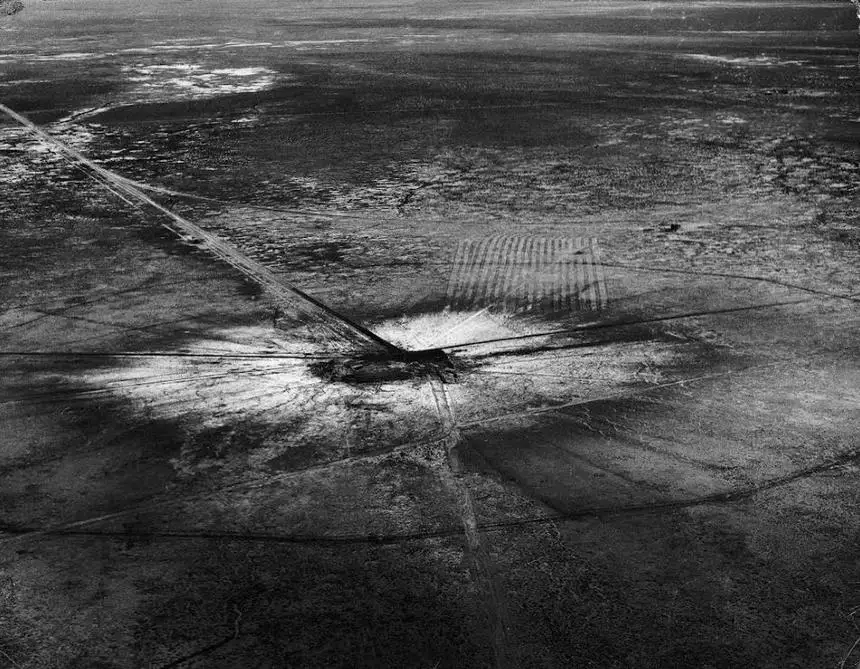 Photo: Fritz Goro (artsandculture.google)
Photo: Fritz Goro (artsandculture.google) The Alamogordo Bombing and Gunnery Range is one of the largest test sites in the world. The site is located around 97km away from Alamogordo in southern New Mexico, US. The era of nuclear testing began at this test site, when on July 16, 1945, a nuclear device called Trinity was tested. Later, the site was used only for military purposes, including testing new types of weapons. Currently, the test range is a tourist site, where excursions are held from October 1 to April 1 annually.
Semipalatinsk test site (Kazakhstan)
 Photo: CTBTO
Photo: CTBTO The Semipalatinsk test site was created in 1949 to test the first Soviet nuclear weapon. It was the second largest test site in the world, hosting the fourth largest nuclear arsenal in the world.
For half a century, air, ground and underground tests were carried out in the Kazakh steppe, affecting the health of about 1.5 million Kazakhstanis, residing in an area of 18,000 sq.km. Radiation contamination still persists in the territory of the former Semipalatinsk test site in the country’s east.
According to the historical records, 456 tests were carried out in the territory of the republic within 40 years. Their total power is 2.5 thousand times greater than the power of the bomb dropped on Hiroshima in 1945. In total, so far 24% of all tests in the world have been carried out in the territory of Kazakhstan.
After the collapse of the USSR, a significant part of its nuclear arsenal remained in Kazakhstan. The country voluntarily renounced the status of the world's fourth nuclear power. In particular, on August 29, 1991, the Semipalatinsk nuclear test site was closed by the presidential decree. In 1993, the country joined the Treaty on the Non-Proliferation of Nuclear Weapons.
Nevada Test Site (US)
 Photo: US Federal Government (wikipedia.org)
Photo: US Federal Government (wikipedia.org) The nuclear test site in Nevada is located 105 kilometers from the city of Las Vegas. It covers an area of 3.5 thousand hectares. From 1951 to 1992, 928 nuclear tests were conducted here. In 1986, after the first detection of the effects of radiation, residents organized more than 530 protests. About 37.5 thousand people took part in them.
However, underground explosions at the test site were carried out until September 23, 1992. No explosions have been recorded since then. Now, the administration of the nuclear test site in Nevada conducts monthly tours of the territory. Those wishing to take part in them need to sign up a few months in advance.
Novaya Zemlya test site (Russia)
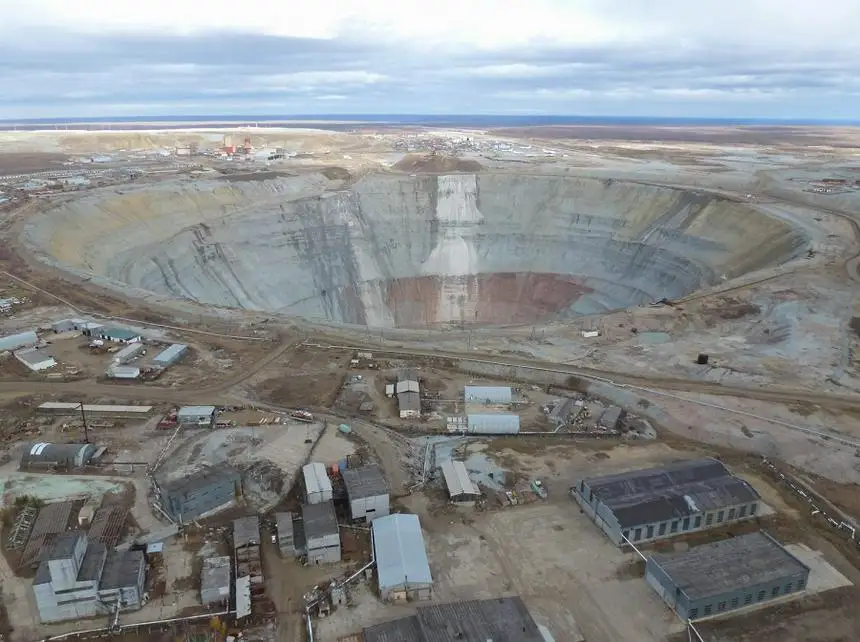 Photo: sentstory.ru
Photo: sentstory.ru The Novaya Zemlya test site was created in the part of the Arctic Ocean with ice-free ports. A small population was also factored in when choosing the location. In 1954, when the test site was created, there were only 400 inhabitants.
In total, from 1955 to 1990, 132 explosions were carried out at the test site. In particular, on October 30, 1961, the largest thermonuclear bomb «AN602» estimated at 58 megatons was tested. On October 14, 1969, a disaster occurred at the site with a release of radioactive gas and steam from a crack in the ground, occurred injuring 344 people.
The first underwater explosion of the USSR and the first nuclear explosion at Novaya Zemlya, September 21, 1955.
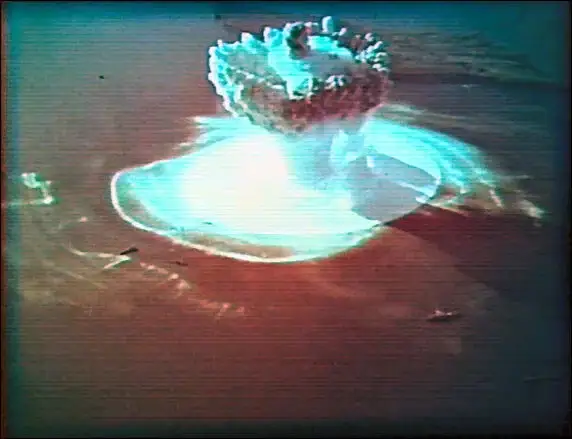 Photo: USSR Armed Forces
Photo: USSR Armed Forces The last nuclear test on the test site took place on October 24, 1990. However, after that the site was not closed. Currently, research is being carried out on the use and storage of nuclear weapons. The Novaya Zemlya test site operates as a research center now.
Nuclear Testing site at Maralinga (Australia)
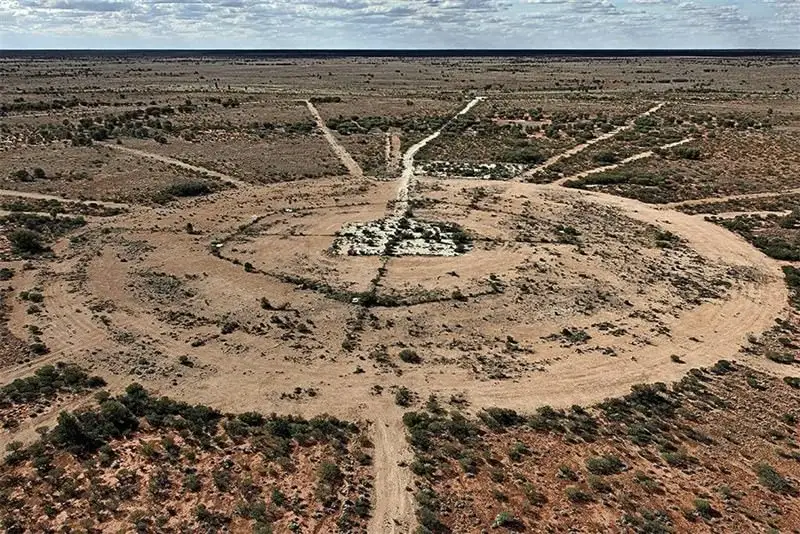 Photo: orangesmile.com
Photo: orangesmile.com The former British test site Maralinga is located in the wilderness of South Australia. Its area is 3.3 thousand sq.km. From 1956 to 1963, seven atmospheric explosions with a capacity of 1 to 27 kilotons were carried out here. Prior to the start of the tests, the Australians considered the place sacred, with most of them returning to the region after the completion of nuclear tests in 1970.
At the initiative of local residents and veterans who previously worked at the Maralinga test site, work was carried out 1984 to 2000 to clean up the test site.
Lop Nor test site (China)
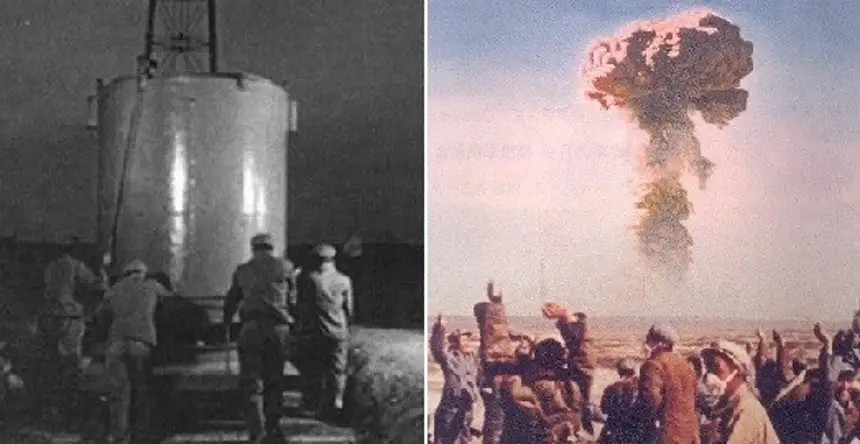 Photo: China's first nuclear test. October 15, 1964
Photo: China's first nuclear test. October 15, 1964 The Lop Nor test site is located near a salt lake in the Xinjiang Uygur Autonomous Region. It was here that China tested its first nuclear weapon. The landfill covers an area of 2.4 thousand square kilometers. The first test took place on October 16, 1964, and on June 17, 1967, the first Chinese hydrogen bomb was detonated. Later in 1996, China signed the Comprehensive Nuclear-Test-Ban Treaty. In 2007, a special base for tourists was opened at the Lob Nor test site.
Nuclear test site on Mururoa Atoll (France)
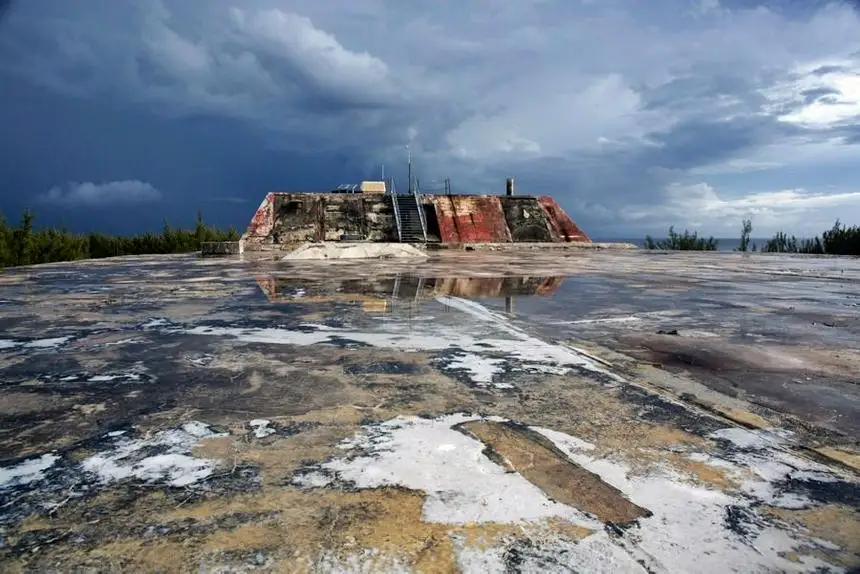 Photo: orangesmile.com
Photo: orangesmile.com The test site on Mururoa Atoll is located in the South Pacific Ocean. Since 1966, the island has been used by France as a testing site for nuclear weapons. From 1961 to 1996, 181 nuclear tests were carried out on Mururoa. In 1998, France conducted a test here for the last time, and then acceded to the Comprehensive Nuclear-Test-Ban Treaty.
Pokhran Test Site (India)
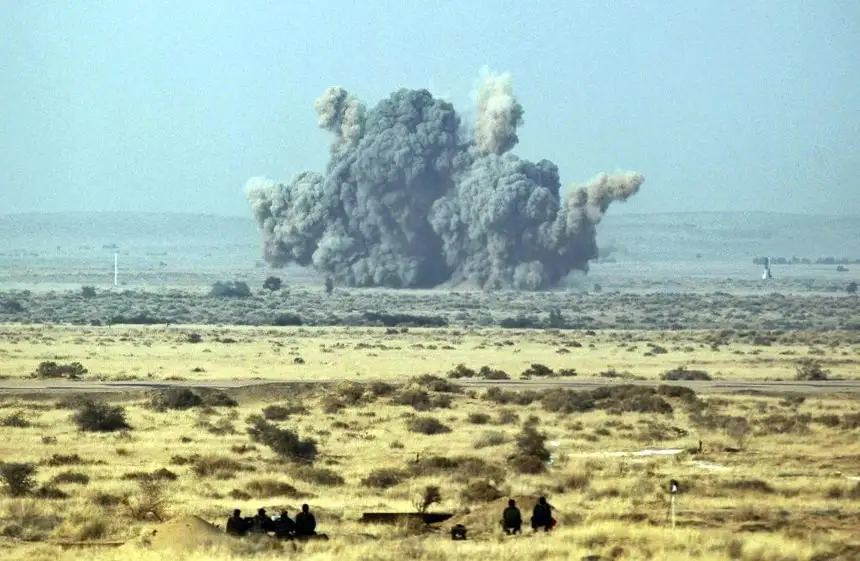 Photo: orangesmile.com
Photo: orangesmile.com This test site is located in the Thar Desert in the Indian state of Rajasthan. Here, on May 18, 1974, the first nuclear test called «Smiling Buddha» was carried out. India first announced its possession of nuclear weapons only in May 1998. Until that time, the government of the country managed to conduct five underground tests at the Pokhran test site. The test site is currently in use, with no information on whether tests are carried out or explosions occur.
To note, the Comprehensive Nuclear-Test-Ban Treaty was signed by 185 states, of which 170 have ratified the document. Non-signatory states include India, North Korea and Pakistan.
Chagai Test Site ( Pakistan )
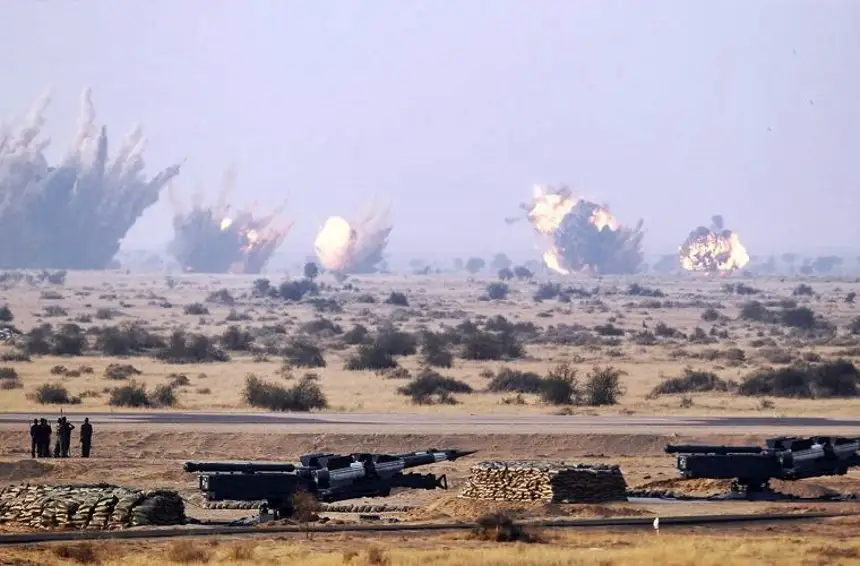 Photo: orangesmile.com
Photo: orangesmile.com The test site is located in the province of Balochistan, selected in 1976. But the first tests were carried out here in May 1998, during a conflict with India. Nuclear weapons were deployed and tested in a one-kilometer-deep crack in the Koh Kambaran mountain.
Pakistan is not currently releasing information whether testing take place at the test site or that there will be no explosions.
Pungi-ri Test Site (North Korea)
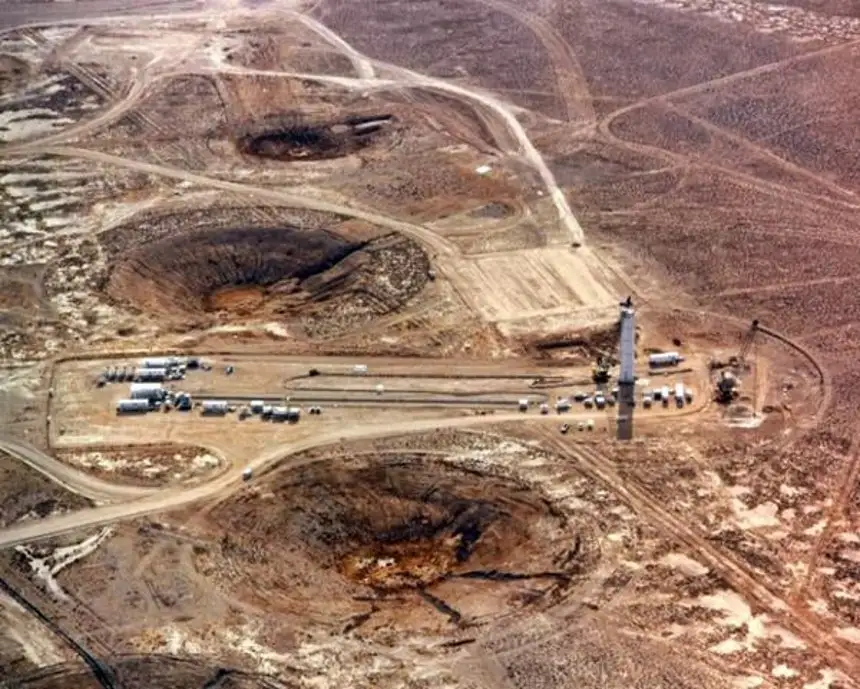 Photo: orangesmile.com
Photo: orangesmile.com The test site is located near the city of Kilju in the province of Hamgyŏng-bukto. The first nuclear tests here were carried out on October 9, 2006. The design power of the explosions is 1 kiloton. Nuclear tests were carried out from May 25, 2009 to February 12, 2013. On January 6, 2016, an underground explosion of a hydrogen bomb was carried out at the Pungi-ri test site. The site is currently in use.
Notably, North Korea signed the Comprehensive Nuclear-Test-Ban Treaty in 1985, but finally withdrew from the Treaty in 2003.